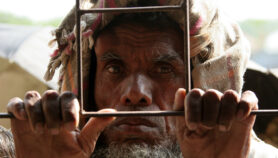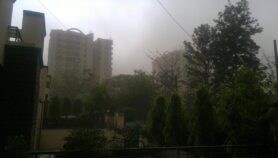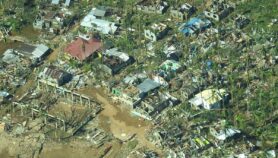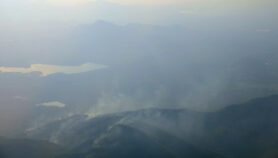By: Amantha Perera
Send to a friend
The details you provide on this page will not be used to send unsolicited email, and will not be sold to a 3rd party. See privacy policy.
[COLOMBO] Extreme weather patterns that left a trail of destruction through northern Sri Lanka and southern India could be the result of the El Niño that is currently active and that could worsen in the early months of 2016, a UN body says.
The El Niño phenomenon is caused by a shift in the distribution of warm water in the Pacific Ocean around the equator which can impact weather patterns around the world by creating pressure anomalies.
“While there is no detailed scientific investigation into whether there is a direct link between the 2015—2016 El Niño and Chennai city flooding yet, the consensus that strong El Niño conditions has led to abnormal rainfall during the northeast monsoon season in South Asia indicates that El Niño had a part to play in the sequence of extreme weather events in India,” says an advisory released by the UN Economic and Social Commission for Asia Pacific on December 9.
The report also said that the current El Niño was the strongest in the last two decades and was different for that experienced in 1996—97 when the weather pattern was preceded by neutral conditions. This year however, a mild El Niño set in before the current phase, that the UN warned is “at its strongest phase and intensifying.”
The destruction was considerably less in northern Sri Lanka, but over a million people were affected and around 400 houses were destroyed with damage caused to another 3,300.
Pradeep Koddippili, director, Disaster Management Center, said that so far no advisories have been issued on potential agriculture losses. The UN report also said that Sri Lanka was unlikely to suffer major crop losses since the waters from the recent bout of rains could be handy for the harvesting season in early 2016.
“We have preparations in place for emergencies like floods and landslides,” Koddippili said.
Other experts said that the island should look at renovating its aging water retention and irrigation system. “The system is geared to the two monsoon annual rain pattern that is increasingly being disturbed. We need larger retention capacity to deal with unseasonal rains,” P. Hettiarachchi, director in the irrigation department said.
This piece was produced by SciDev.Net’s South Asia desk.














